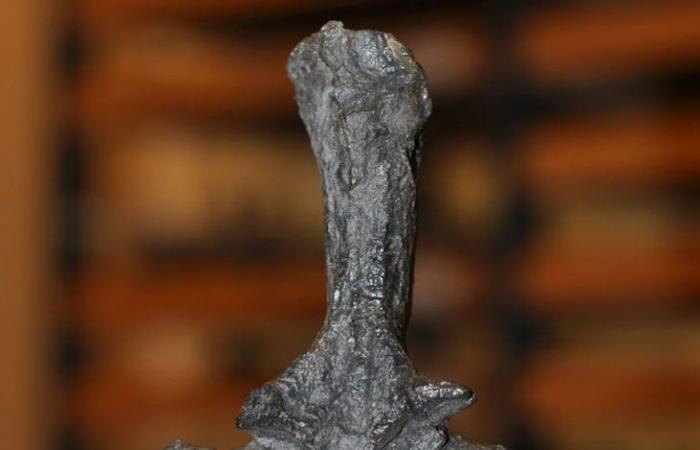A re-examination of a fossil discovered in New Zealand several decades ago has revealed that it belonged to a species of prehistoric marine reptile that appeared at the dawn of the reign of dinosaurs.
A nothosaurus
The fossilized vertebra was discovered in 1987 at the foot of Mount Harper, on the South Island. As part of work published in the journal Current Biology, researchers carried out an in-depth analysis of it, revealing that it was a nothosaur: an aquatic predator related to plesiosaurs. Growing up to 7 meters long, these creatures had paddle-like limbs and jaws with sharp teeth.
According to researchers, this is the oldest evidence of the early migration of reptiles in the oceans found in this part of the globe: until now, the evidence fossils of such an event came from the northern hemisphere. Specifically from the Arctic island of Spitsbergen, northwest North America and southwest China.
“ This nothosaur found in New Zealand predates the oldest known sauropterygian fossils in the southern hemisphere by more than 40 million years “, underlines Benjamin Kear, researcher at Uppsala University and lead author of the new study. “ It shows that these ancient marine reptiles evolved in a shallow coastal environment, teeming with marine life. »
Migrations towards polar zones linked to an intense period of global warming
246 million years ago, New Zealand was on the south polar coast of an ancient super-ocean called Panthalassa. Using advanced models, the team gained unprecedented insight into the changing global distribution of sauropterygians.
Appearing in a region close to the Earth’s equator, nothosaurs would have quickly begun to migrate north and south, at a time when the world’s marine ecosystems were recovering from a major extinction event.
“ The beginning of the age of dinosaurs was characterized by extreme global warming, which allowed these marine reptiles to thrive in polar regions “, explains Kear, adding that many fossils of ancient sea monsters are still waiting to be discovered in New Zealand and other parts of the southern hemisphere.







